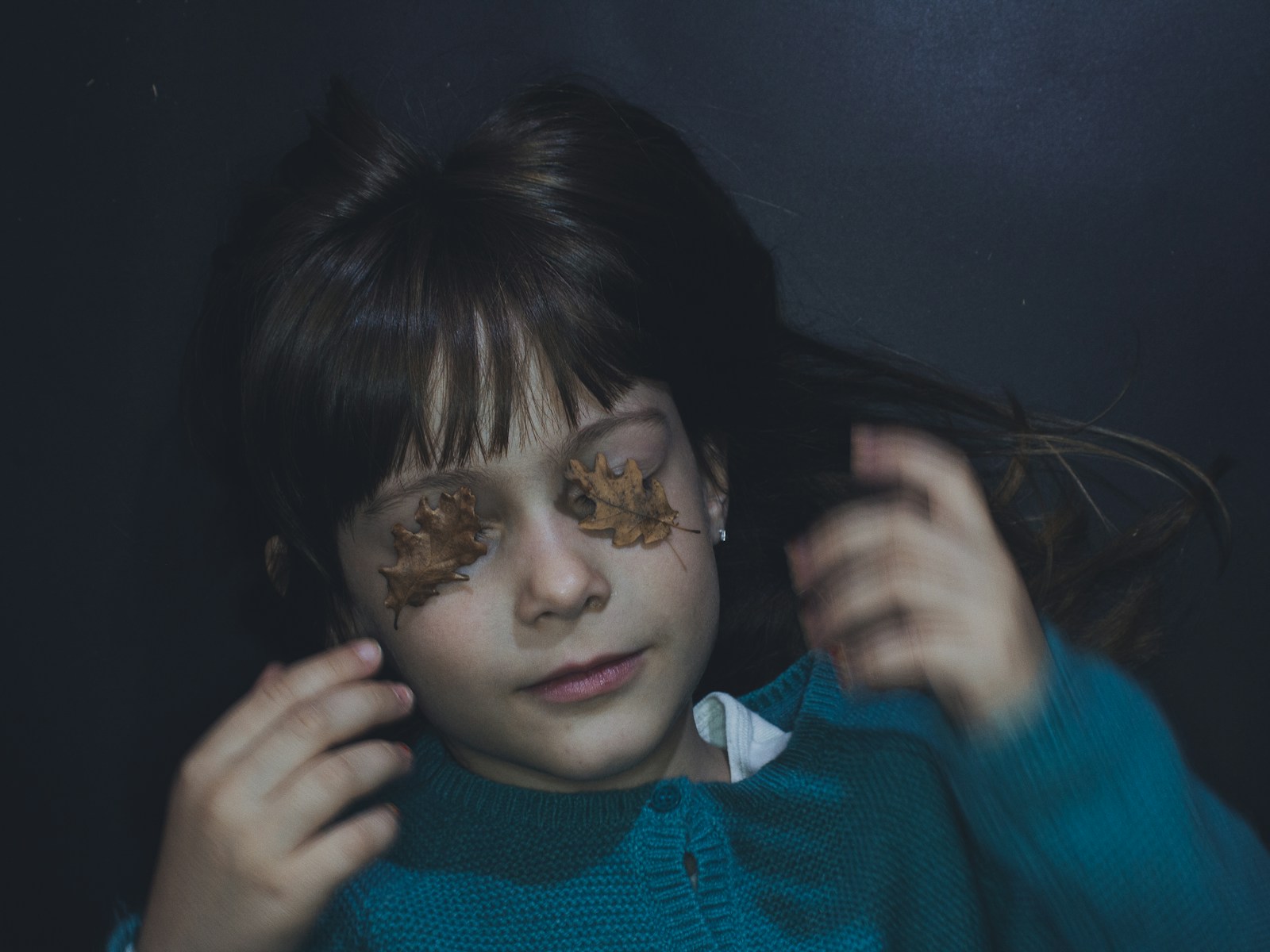Key takeaways
- Seventy to eighty percent of people see color in their dreams
- The media we viewed as children affects whether we report color dreams
- Researchers study dreams during rapid eye movement sleep in sleep labs
- People who lose sight after age six still have visual dreams
- Writing dreams down as soon as you wake helps you recall them
Introduction
Dreams take us on amazing journeys each night. They blend emotions, images and stories while we sleep. Many wonder if we see color or only black and white in those nightly adventures. Scientists find that most people recall colorful dreams. Yet some people insist they dream only in shades of gray. In this article, we will explore how dreams form and why they may appear in color or not.
How the Brain Makes Dreams
First, dreams happen when parts of the brain stay active during sleep. A region called the amygdala processes emotions and lights up while we dream. Meanwhile, the frontal cortex that plans and reasons stays quiet. As a result, dream events can shift without warning or clear logic. In one moment you may walk with friendly alligators wearing sunglasses. In the next moment, those alligators might chase you. This mix of high emotion and low logic makes dreams vivid and odd.
Color versus Black and White Dreams
Moreover, about seventy to eighty percent of people say their dreams include color. Scientists arrive at this number by waking volunteers during dreams and asking what they saw. However, this figure might be low. We must rely on dreamers’ memories to know what they dreamed. Some people may dream in color but later recall only gray shades. Interestingly, older adults report more black and white dreams than younger people. Researchers think this link traces back to the visual media people watched as kids. If you grew up watching black and white films or TV, you may later recall more monochrome dreams.
Studying Dreams in the Lab
To learn about dreams, researchers invite people to sleep in a lab overnight. They attach small sensors to the scalp to track brain waves. They also watch eye movements. When they see rapid back and forth eye motion, they know the sleeper has entered rapid eye movement sleep, also called REM sleep. This sleep stage is when dreams most often occur. At that moment, scientists gently wake the participant. Then they ask, What were you just thinking about? This quick question avoids the usual forgetting that happens if you wait too long.
Dreams Engage All the Senses
Although we often focus on visuals, dreams involve all our senses. You may hear music, feel a breeze, or taste warm soup in a dream. You might even smell flowers in a dream garden. In fact, dreams can mirror our real sensory experiences. For instance, if you snacked on popcorn before bed, you might taste it again in a dream. Thus, dreams offer a full sensory world that feels real while we are asleep.
Dreams for Blind People
You may wonder how blind people experience dreams. Those who lose sight after around age six still see images in dreams. Their brains recall the visual world they once knew. On the other hand, people born blind or made blind before that age do not see images in dreams. Instead, their dreams feel woven from sounds, touch, taste and smell. Their dream stories unfold through those senses alone. This fact shows how our senses shape the dreams we have.
Why We Forget Dreams
Even though we all dream several times a night, most dreams fade from memory quickly. The hippocampus, a brain area that stores long term memories, turns down its activity during REM sleep. After you wake, this region wakes up slowly. As a result, you cannot transfer a dream into long term memory right away. That is why many dreams vanish within seconds. If you do wake with a dream in mind, you may still lose it within moments unless you act fast.
Do Dreams Have Hidden Meanings
People have long searched for hidden meanings in their dreams. Sigmund Freud even called dreams a royal road to the unconscious. He believed each dream carried a secret message. However, modern science finds no solid proof that dreams hide deep symbolic meanings. While it is fun to guess what a dream might mean, scientists agree that those guesses remain just that—guesses. A dream about losing your teeth does not automatically mean you fear loss in life. It might simply reflect a recent thought or emotion you had before sleep.
Tips to Remember Your Dreams
Fortunately, you can boost your dream recall with a simple trick. Keep a notebook and pen by your bed each night. When you wake, stay still and recall any story or image from your dream. Then write it down right away. Doing this regularly trains your brain to capture dreams before they slip away. Over time, you will notice you remember more details and even more dreams.
Conclusion
Dreams remain one of science’s most fascinating puzzles. While most people report colorful dreams, others recall gray shades more often. Brain activity, past media exposure and sleep stages all shape how we dream. Furthermore, dreams engage every sense and even differ for blind people. Finally, writing down your dreams can help you hold onto those nightly adventures. So tonight, pay attention to your sleep journeys and see what colors your mind paints.


